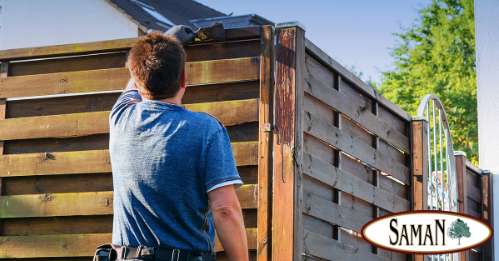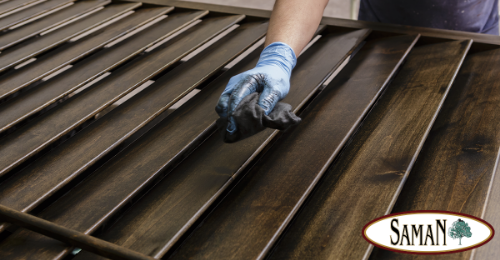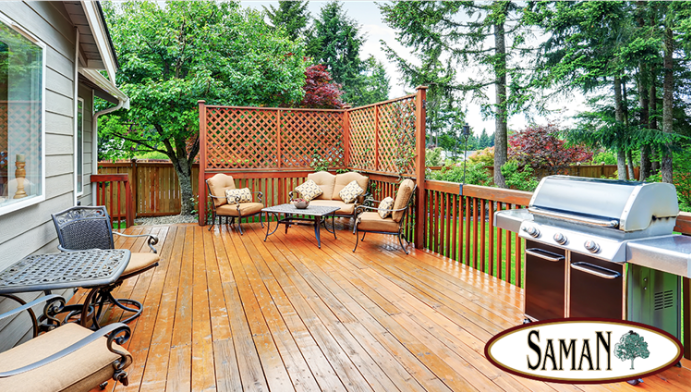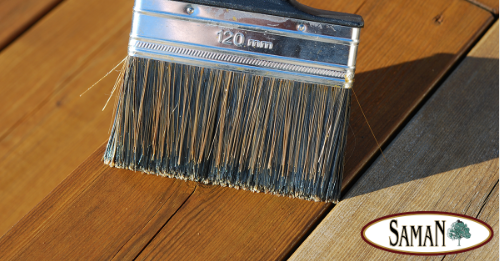Spring is here, and while the emergence from shorter days and colder temperatures breathes new life in to the landscape and surroundings of your home’s exterior, winter weather can leave your woodwork looking neglected.
You could paint your deck and fences, leaving them under a thin, unbreathable coat that can expedite decay and will eventually chip away, or, you could protect them with a quality exterior stain. You don’t have to be Bob Villa to revive your woodwork with stain and seal, but there are some important considerations to address before you get to work.
You could opt for a traditional oil-based stain, or you can get better results with less legwork by choosing a water-based stain. Here’s four reasons to choose the latter.
More longevity
For most people, this is the name of the game when it comes to outdoor wood projects. While you won’t necessarily have to re-stain exterior wood every year regardless if you use oil or water-based stains, oil-based stains will typically have a shelf life that is a year or two shorter than their water-based counterparts. Oil stains can act as a hatchery for mildew and fungus if they don’t contain a chemical to combat them. Water-based stains are water-resistant, more breathable, and therefore generally will give you little-to-no problems with fermenting bacteria growth. They also have a higher resistance to U.V. rays and wont fade as quickly.

Won’t leave you running on fumes
Speaking of breathability, water-based stains don’t produce the dangerous fumes that oil-based stains do. So if you’re working outside, no need to wear a surgical mask or hold your breath while you work. And if you happen to be doing interior work, that makes water-based stains a no-brainer. Breathing in harmful fumes from oil-based stains can cause damage to the digestive system, nervous system, vascular system, respiratory system, and skin. If you want to eliminate the chances of a trip to the ER as a result of your DIY project, opt for water-based.

Low-maintenance
Oil-based stains take quite a bit of setup and breakdown. With water-based stains, you can cut out a number of steps. There will be no overlapping marks, they require just one coat, have a rapid drying time, and all that’s needed for cleanup is soap and water. You also won’t have to spend time preconditioning your wood before staining as is necessary when using oil-based stain. Water-based stains can cut the production time in half and can be recoated in as little as one hour.

Environmentally friendly
The vast majority of oil-based stains contain some variation of solvents that evaporate into the air when they dry. These components, called Volatile Organic Compounds (VOCs). In a gaseous state, they have been implicated in both the reduction of the ozone layer and being a contributor to the greenhouse effect. While there are oil-based stains that are advertised as green, you still need to clean with turpentine or mineral spirits, which are VOC’s themselves. While water-based stains contain trace amounts of VOC’s, they are at a much lower concentration and can be cleaned with just soap and water.
If you haven’t experienced the impact that the use of water-based stains can have on your DIY life, give it a shot for your next woodworking project. Long-lasting, lower-maintenance, better for you, and better for the earth. Make a splash with your next project.








